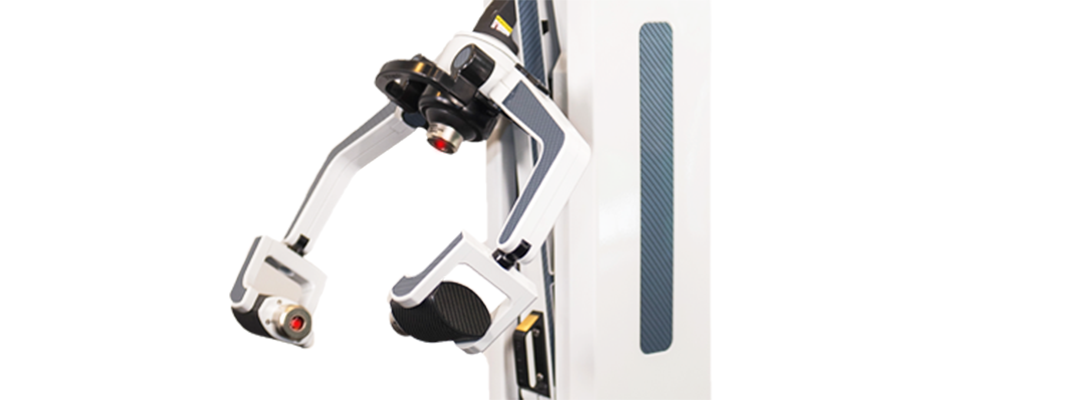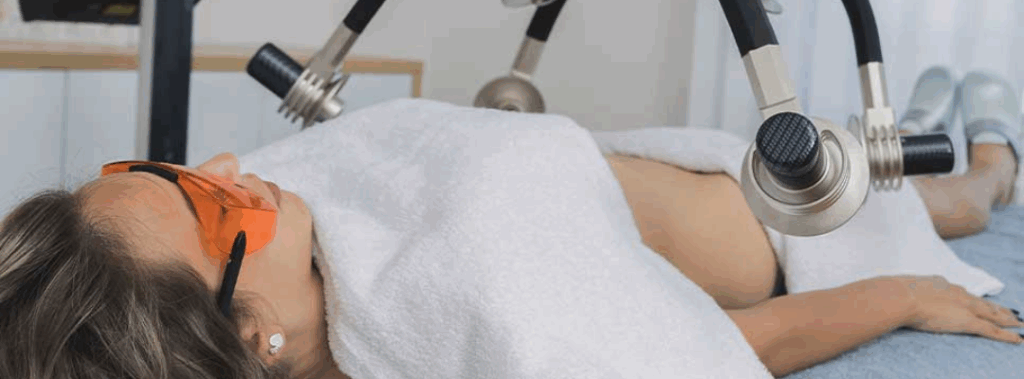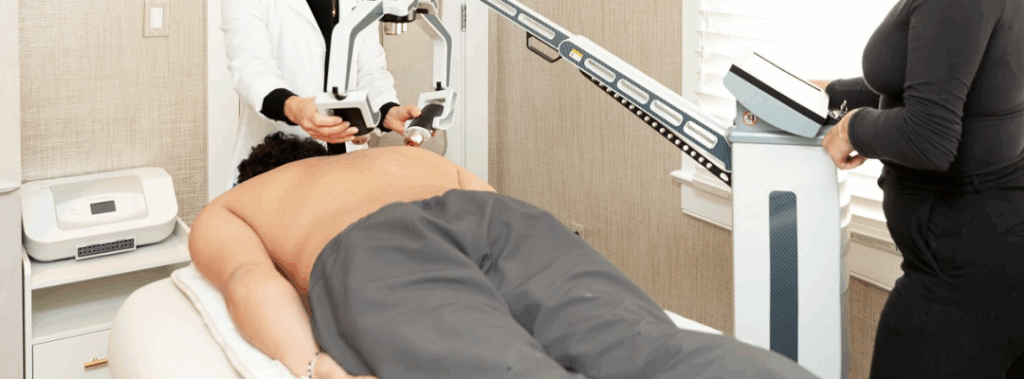
8-Minute Read
Low-Level Laser Therapy (LLLT) is gaining popularity in medical practices due to its non-invasive nature and potential therapeutic benefits. These devices utilize low-intensity lasers or light-emitting diodes to stimulate cellular function and promote healing. If you’re considering incorporating LLLT into your practice, it’s crucial to choose the right device to ensure optimal treatment outcomes.
In this article, we will explore the types of low-level laser therapy devices available and provide guidance on selecting the most suitable device for your practice.
Types of Low-Level Laser Therapy Devices and Their Differences

LLLT devices are available in both handheld and stationary forms, offering flexibility for targeted treatment on specific areas with handheld devices, while stationary devices are designed for larger treatment areas or multiple patients at once.
When it comes to LLLT devices, there are several important distinctions to consider. Understanding these differences will help you make an informed decision.
- Class 3 vs. Class 4 laser devices: LLLT devices are classified based on their power output. Class 3 lasers deliver low-level power, typically below 500 milliwatts, while Class 4 lasers have higher power outputs. Class 4 lasers can penetrate deeper into tissues and may offer faster treatment times but require additional safety precautions due to their higher power.
- Handheld vs. stationary devices: LLLT devices come in both handheld and stationary forms. Handheld devices provide flexibility and ease of use, allowing for targeted treatment on specific areas. Stationary devices, on the other hand, are designed for larger treatment areas or multiple patients simultaneously.
- Continuous wave vs. pulsed devices: Continuous wave devices emit a steady stream of laser light, while pulsed devices emit laser light in short bursts. Pulsed devices may offer advantages in certain applications, such as pain management and wound healing.
Related Reading: Laser Classification
Considerations for Selecting the Most Suitable Device
Before choosing an LLLT device for your practice, it is essential to carefully assess several factors:
Assessing Your Practice’s Needs and Patient Demographics
To find the ideal device, you should prioritize selecting the one that best meets the specific needs of your patients. By doing so, you can provide the most efficient and effective care, which fosters trust and encourages them to return for future needed treatments.
- Understanding Practice Needs: Identify the specific needs and objectives of your practice. Analyze the range of treatments you offer and the conditions you aim to address with LLLT.
- Patient Demographics: Analyze the demographics of your patient population. Consider factors such as age, medical history, and prevalent conditions to ensure the device aligns with their requirements.
- Target Treatment Areas: Determine the areas of the body you intend to target with LLLT. Different devices may excel in treating certain regions more effectively than others.
Related: Comparing Cost of LLLT to other Treatments
Evaluating User-Friendliness and Compatibility
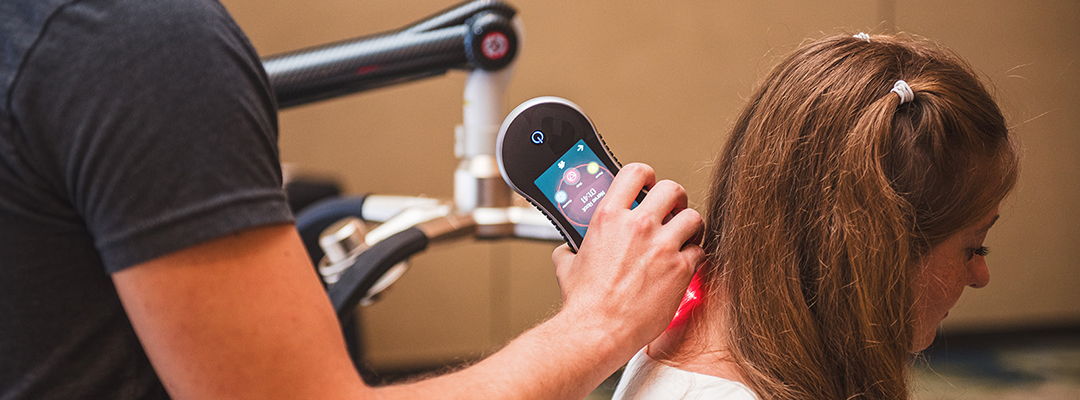
Choose devices with customizable treatment protocols, allowing personalized adjustments to cater to individual patient needs and diverse medical conditions.
To achieve smooth integration of the LLLT device into your practice, consider the following user-friendliness and compatibility aspects:
- Ease of Use and Ergonomic Features: Choose a device that is easy to handle and maneuver during treatments. Ergonomic features can enhance comfort for both practitioners and patients, leading to better treatment experiences.
- Interface and Controls: Look for a well-designed interface with intuitive controls. User-friendly controls simplify device operation and allow for efficient treatment sessions.
- Customizable Treatment Protocols: Opt for devices that offer customizable treatment protocols. This feature enables tailoring treatments to meet individual patient needs and varying medical conditions.
- Integration with Existing Practice Management Systems: If your practice already uses management systems, consider whether the LLLT device can integrate with them. Integration streamlines patient records and enhances overall practice efficiency.
Technical Support and Training
For a smooth integration of the LLLT device into your practice, it’s important to prioritize comprehensive technical support and training. Make sure to check if the manufacturer provides robust technical support, addressing any device-related issues promptly.
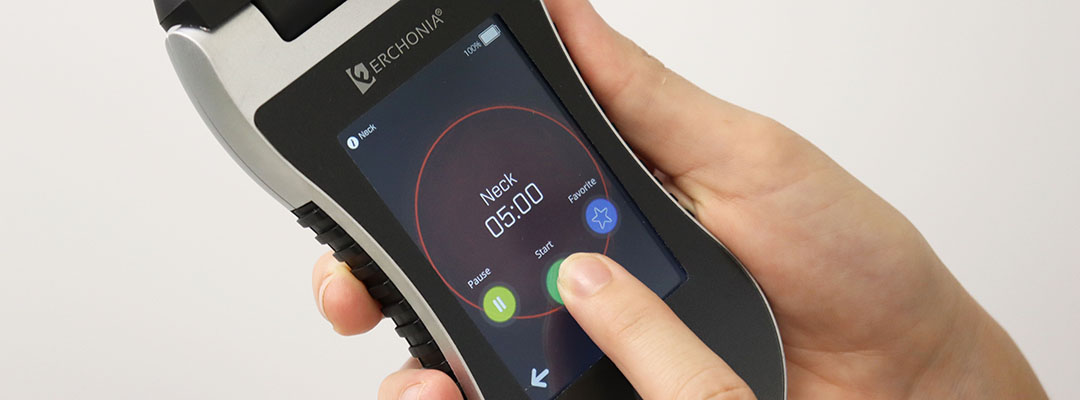
To ensure seamless integration of the LLLT device into your practice, prioritize comprehensive technical support and training, and verify if the manufacturer offers prompt resolution of any device-related issues.
In addition, consider looking for training opportunities provided by the manufacturer to ensure you and your staff can operate the LLLT device effectively. By taking these factors into account, you’ll be well-informed to make the best decision and choose the LLLT device that suits your practice’s needs, ensuring optimal care for your patients.
Comparison of Therapeutic Applications and Effectiveness
Different LLLT devices have varying therapeutic applications and effectiveness. Consider the specific treatments you plan to offer in your practice and choose a device that aligns with those needs.
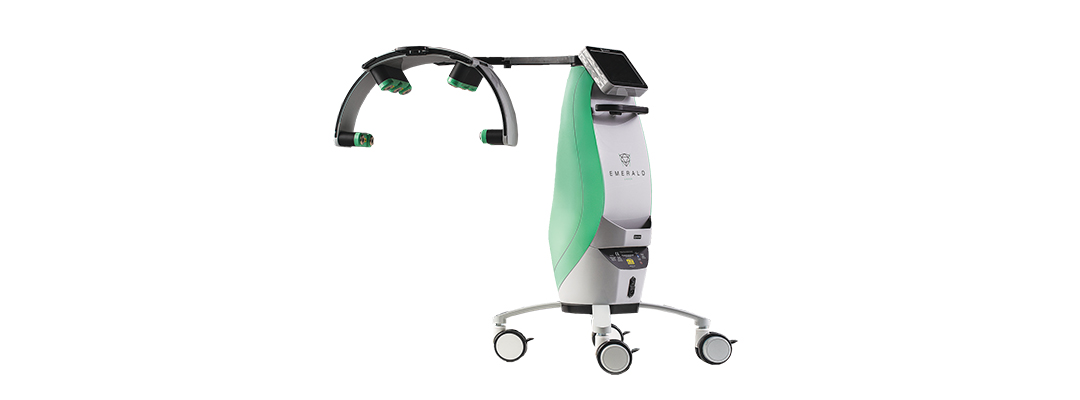
Introducing Erchonia’s Emerald Laser, an FDA Market-Cleared full-body fat loss treatment targeting stubborn fat areas with cold laser technology, treating overall body circumference and approved for clients with a BMI up to 40.
For example, Erchonia offers a range of LLLT devices for various applications, including:
- Foot Fungus Lasers: Designed specifically for treating foot fungus, these devices provide targeted therapy for this common condition.
- Lasers for Fat Loss: These devices aim to assist in fat reduction treatments, helping patients achieve their body contouring goals.
- Lasers for Pain: LLLT devices used for pain management and relief can be beneficial for conditions such as arthritis, muscle strains, and joint pain.
- Radiation Reducer: This product, aimed at reducing exposure to cell phone radiation, addresses a growing concern in our technology-driven world.
- Therapeutic Stands & Accessories: Stands and accessories enhance the use of LLLT devices, improving patient comfort and treatment precision.
- Veterinary LLLT Devices: Erchonia also offers laser systems designed specifically for veterinary applications, expanding the potential of LLLT in animal healthcare.
At Erchonia, we take pride in offering a wide range of LLLT devices with unique features and applications, making us a reputable provider to consider. If you want to learn more about our products and find the most suitable LLLT device for your practice, don’t hesitate to reach out to us for further information. We’re here to assist you in making an informed decision and ensuring seamless integration of our LLLT device into your practice, ultimately delivering optimal care to your patients.
Not All Light is the Same [Free eBook Download]
Discover the benefits of Low-Level Laser Therapy (3LT®) by Erchonia, a world leader in the field of 3LT® technology. Learn how 3LT® can help reduce the need for prescription opioids for chronic low back pain, the science behind 3LT® and the difference between visible lasers and infrared lasers.
Related: LLLT Safety: Guidelines for Minimizing Risks and Side Effects
